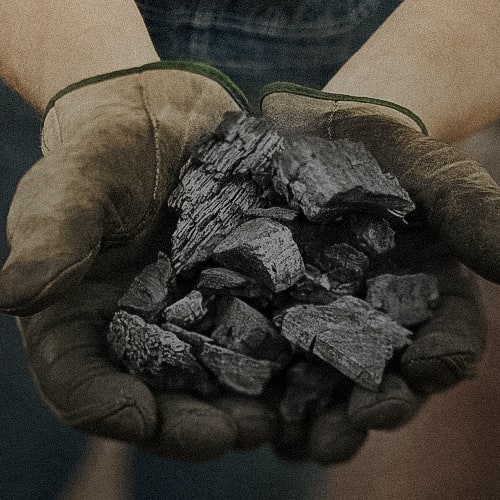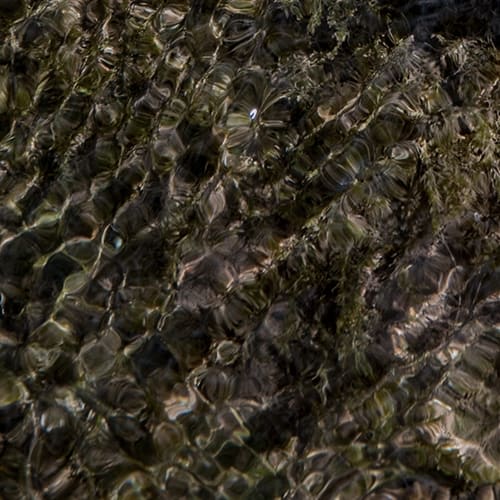CRAFTING A SUSTAINABLE FUTURE
Take a closer look at our efforts to protect the natural resources we use to make Jack Daniel’s.
When Jack Daniel first learned the art of distilling whiskey from Nearest Green, he also learned the importance of doing things the right way - even if it takes a little more effort and time.
These days, we carry this sentiment forward in our efforts to run our Distillery with “zero-waste to landfill” and to responsibly steward everything from the water that makes our whiskey to the wood that makes our barrels.
ZERO WASTE INITIATIVES
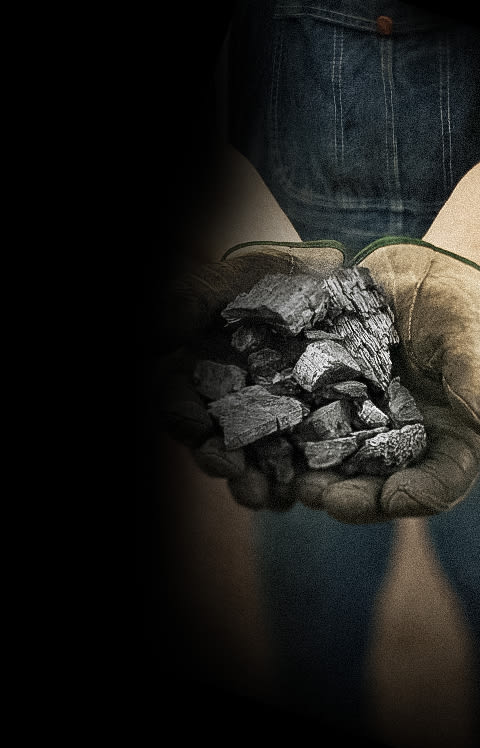
Our commitment to making great whiskey is only matched by our commitment to preserving the world we call home. That’s why we send 99% of the materials used in our Distillery to be reused or recycled, and why we are constantly working toward new zero-waste goals.
OUR ZERO-WASTE INITIATIVES INCLUDE:
- Upcycling sugar maple charcoal used for filtering into smoking pellets for barbecues.
- Converting excess shrink wrap from packaging into decking material.
- Reusing grain and yeast distilling by-products as cattle feed.
- Repurposing used barrels with the help of furniture makers and other alcohol manufacturers.
- Reducing paper waste by providing tablets for electronic record-keeping.
WATER CONSERVATION
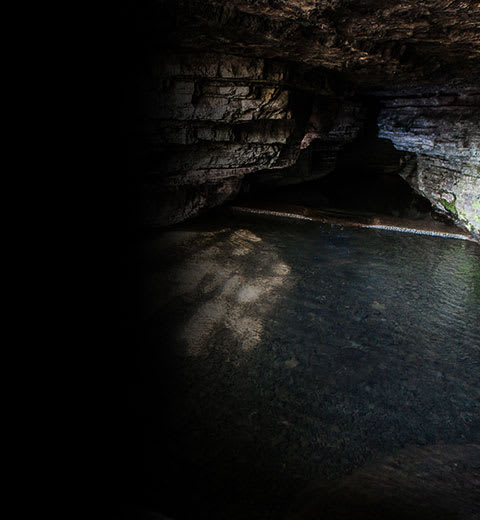
The magic of Jack Daniel’s starts with the iron-free water from our natural Cave Spring Hollow, and we think that’s something worth protecting.
We’ve already conserved hundreds of acres of land to protect the Cave Spring, and are saving approximately 8 million gallons of water per year by pumping water from our reverse osmosis system to be used in our fire loop system.
WHITE OAK & SUGAR MAPLE PROTECTION
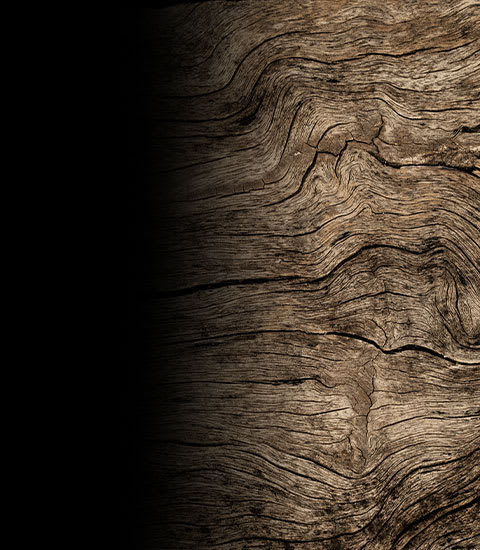
There’s simply no replacing the sugar maple trees we use to charcoal mellow and the white oak trees we use to make our barrels — and we’re making sure we’ll never have to.
We’re proud participants of Dendrifund's signature program, The White Oak Initiative, which assesses and preserves woodland conditions, and we’ve partnered with the University of Tennessee on a long-term Tree Improvement Program to research and study white oak and sugar maple trees.
These programs help us ensure that we always have a healthy supply of wood.


